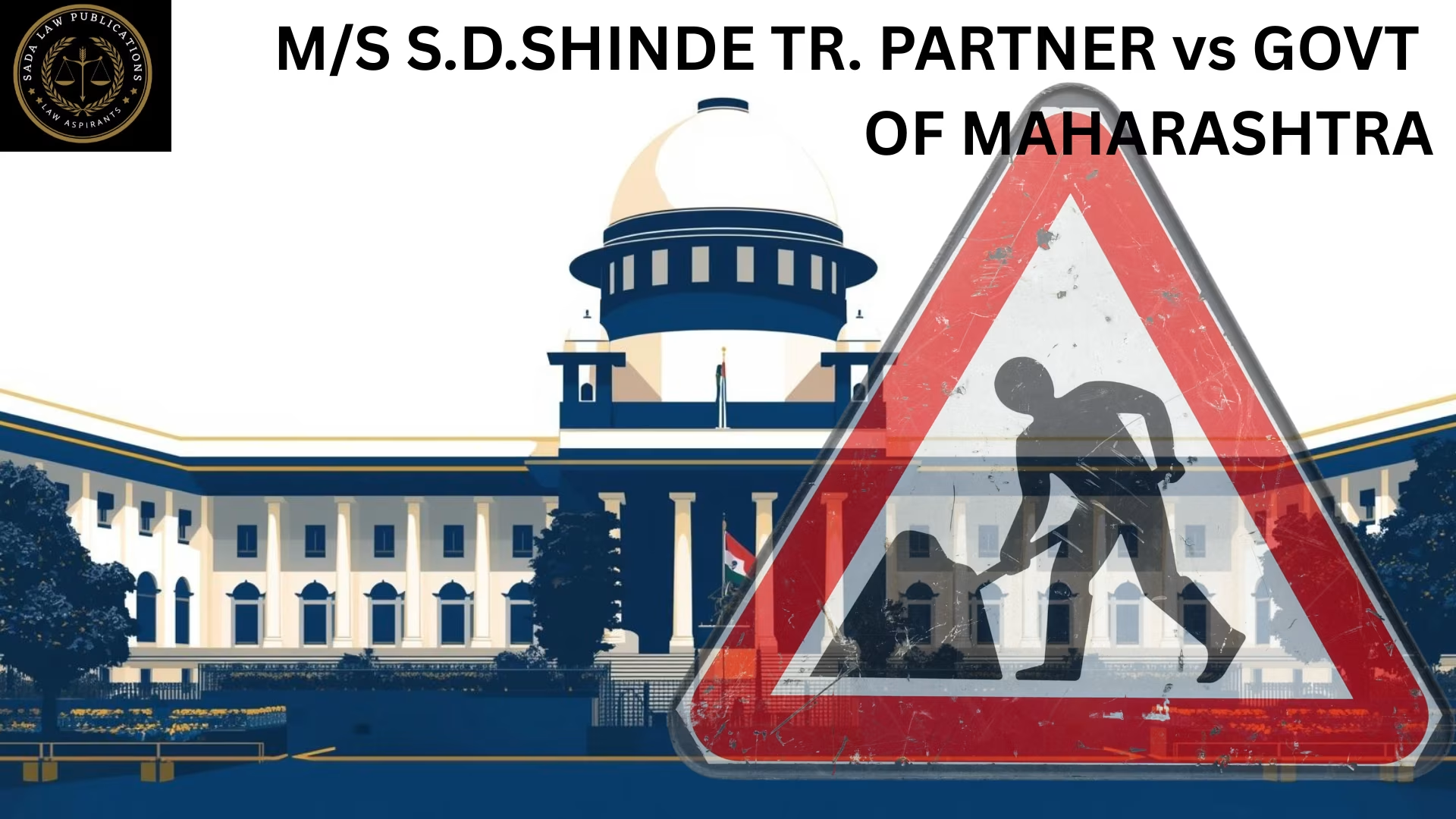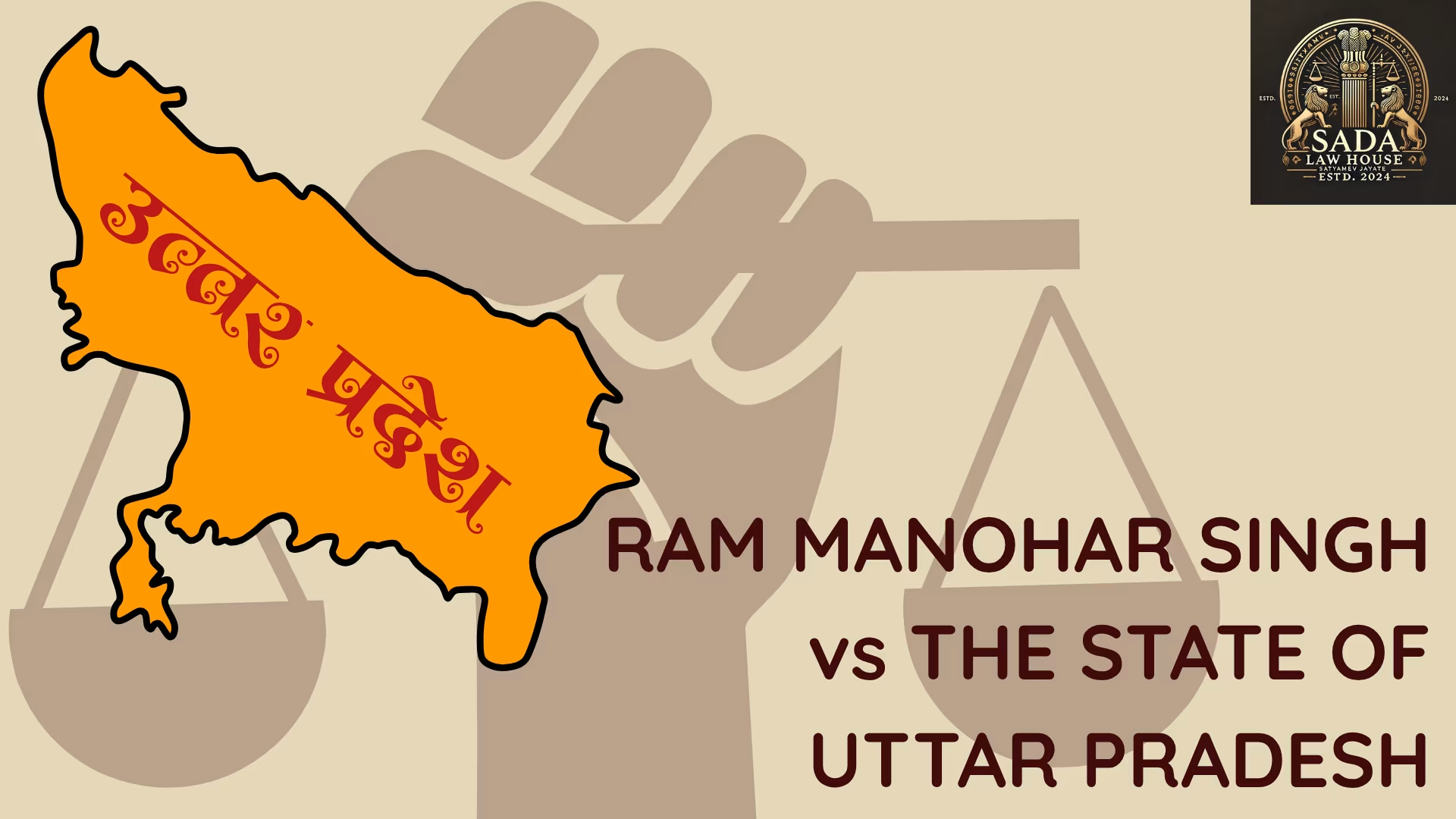The Kerala High Court has formed a special committee to improve judicial infrastructure and access to justice in Lakshadweep, ensuring better technology-driven solutions for remote islands.
Introduction
On 21 August 2025, the Kerala High Court ordered the constitution of a Judicial Administration and Infrastructure Committee for Lakshadweep. This move addresses long-standing challenges in judicial accessibility, poor infrastructure, and limited staffing in the island territory.
The decision was issued by a Division Bench comprising Chief Justice Nitin Jamdar and Justice Ziyad Rahman AA, while hearing a suo motu matter highlighting systemic gaps in the delivery of justice across the islands.
Composition of the Committee
The newly formed committee will include members from judicial, administrative, law enforcement, and technological sectors. The directive ensures a multi-stakeholder approach for effective judicial reforms.
Members of the Committee:
Registrar General of the Kerala High Court
Principal District Judge of Lakshadweep
District Collector of Lakshadweep
A nominee of the Lakshadweep Administrator
Superintendent of Police
Superintendent Engineer
Registrar of Computerisation
Representative from the National Informatics Centre (NIC)
This broad-based composition ensures coordination between judiciary, administration, and technology for stronger judicial delivery.
Judicial Challenges in Lakshadweep
The suo motu case stemmed from issues of poor judicial facilities in Lakshadweep, further highlighted by a tragic suicide case.
Major Concerns Identified:
Out of 10 populated islands, only three have functioning courts.
Lack of judicial presence denies access to justice for residents of seven islands.
Low staff strength and inadequate infrastructure cause delays in case resolution.
Residents are often forced to travel across treacherous seas to attend court hearings, undermining timely justice.
Court’s Approach: Bridging the Gap in Justice
The Division Bench emphasized that the right to justice is a constitutional right under Article 21 of the Indian Constitution.
Chief Justice Nitin Jamdar stated:
“We have issued various orders, but the main order today is the constitution of this Committee.”
The Court acknowledged that while interim measures had been taken in the past, systemic reforms were lacking. The new committee combines judicial and executive participation for practical implementation.
Role of Technology: NIC’s Inclusion
The inclusion of the National Informatics Centre (NIC) signals the Court’s focus on digital justice.
Possible Reforms Under Consideration:
Virtual court hearings to reduce travel burdens.
Online e-filing and digital forms for litigants.
Expansion of internet and video conferencing infrastructure.
Strengthening e-courts initiatives in line with India’s digital judicial system.
Wider Impact on Remote Territories
The Kerala High Court’s move extends beyond Lakshadweep. It sets an important precedent for remote and tribal regions in India where judicial services are hard to access.
Expected benefits include:
Increased court presence across more islands.
Reduced case backlog through better staffing and infrastructure.
Stronger coordination between judiciary and administration.
Sustainable, technology-driven solutions tailored for island ecosystems.
Next Steps
The Court has issued verbal directives and is expected to release a formal written order soon. The order will define:
The committee’s mandate.
Its reporting mechanism to the High Court.
Periodic updates on judicial reforms in Lakshadweep.
Conclusion
The Kerala High Court’s proactive step demonstrates its commitment to ensuring equal access to justice in even the most remote regions of India. For the people of Lakshadweep, this marks the beginning of a technology-enabled, accessible, and efficient judicial system.
By overcoming geographical barriers with institutional and digital reforms, the judiciary reinforces that justice must reach every citizen, whether on the mainland or in distant coastal islands.







